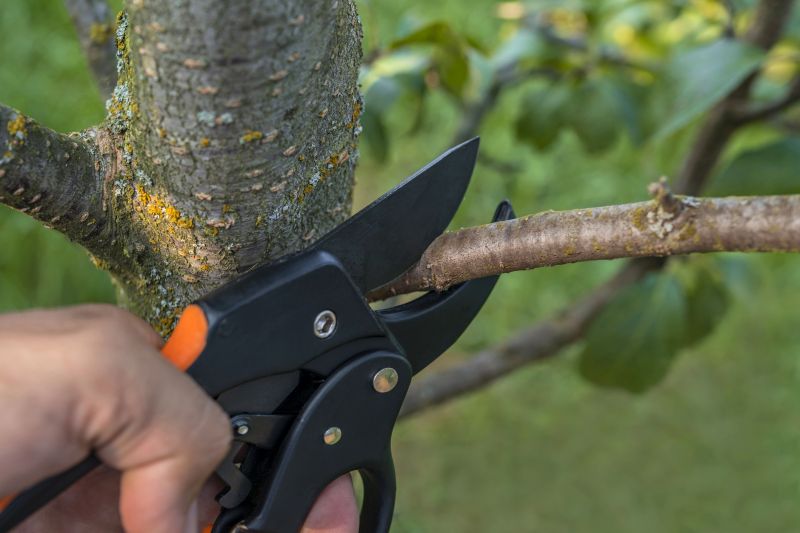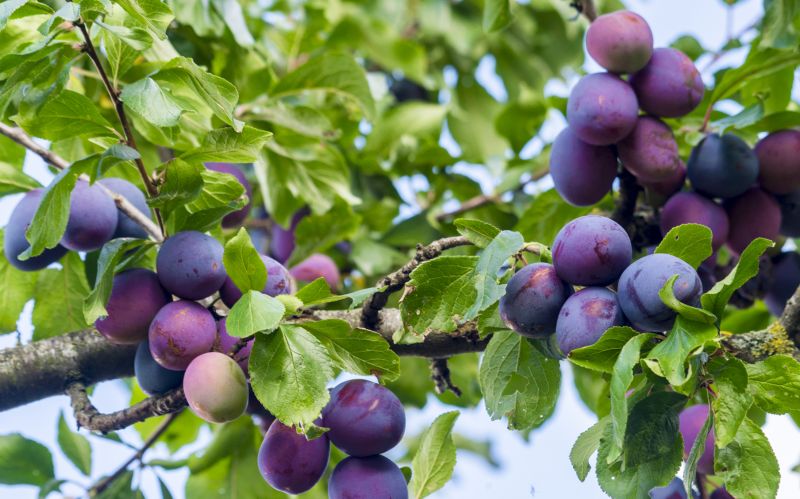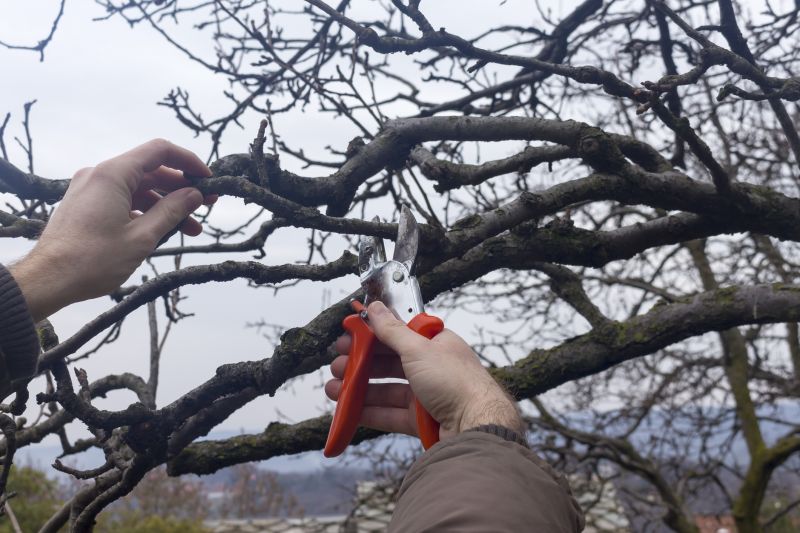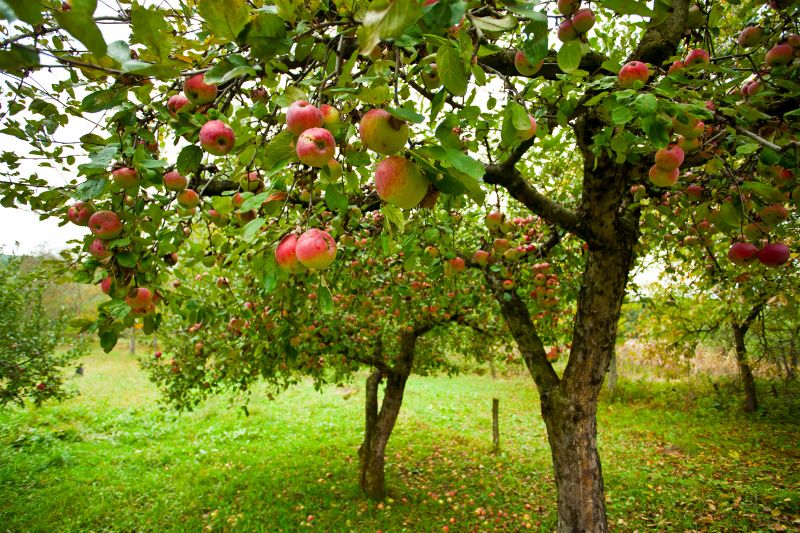Maximizing Benefits from Fruit Tree Pruning
Fruit tree prunings are an essential part of orchard maintenance, helping to promote healthy growth, improve fruit quality, and manage tree size. Proper pruning involves removing dead or diseased branches, thinning crowded areas, and shaping the tree for optimal sunlight exposure. Timing is crucial, with late fall and early winter being ideal periods for pruning, especially before the onset of dormancy.

A gardener carefully trims fruit tree branches to encourage healthy growth.

Healthy fruit trees after pruning, ready for winter dormancy.

Sharp tools used for effective and safe pruning of fruit trees.
Enhances fruit production, maintains tree health, and improves shape.
Includes thinning, heading back, and renewal pruning methods.
Late fall and early winter are optimal times for pruning fruit trees.
Use sharp pruning shears, saws, and loppers for best results.
| Fruit Tree Pruning Tips | Details |
|---|---|
| Best pruning time | Late November to early December |
| Ideal tools | Pruning shears, loppers, pruning saws |
| Pruning purpose | Remove dead/diseased branches, shape tree |
| Benefits | Improves fruit yield, promotes healthy growth |
| Common mistakes | Over-pruning, improper cuts |
Late November and early December offer a prime opportunity to secure discounts from many contractors and service providers. Asking about Black Friday deals and holiday discounts can lead to significant savings on pruning services and related orchard maintenance tasks.
Interested in pruning services for fruit trees? Filling out the contact form can provide a tailored quote to meet specific needs and schedules.

Well-maintained trees ready for dormancy and upcoming growth.

Tools arranged for efficient and safe pruning work.

Pruned branches promoting better airflow and sunlight exposure.
Contractors often provide special discounts during holiday sales periods. Asking about available deals can help maximize value for orchard maintenance and pruning projects.
